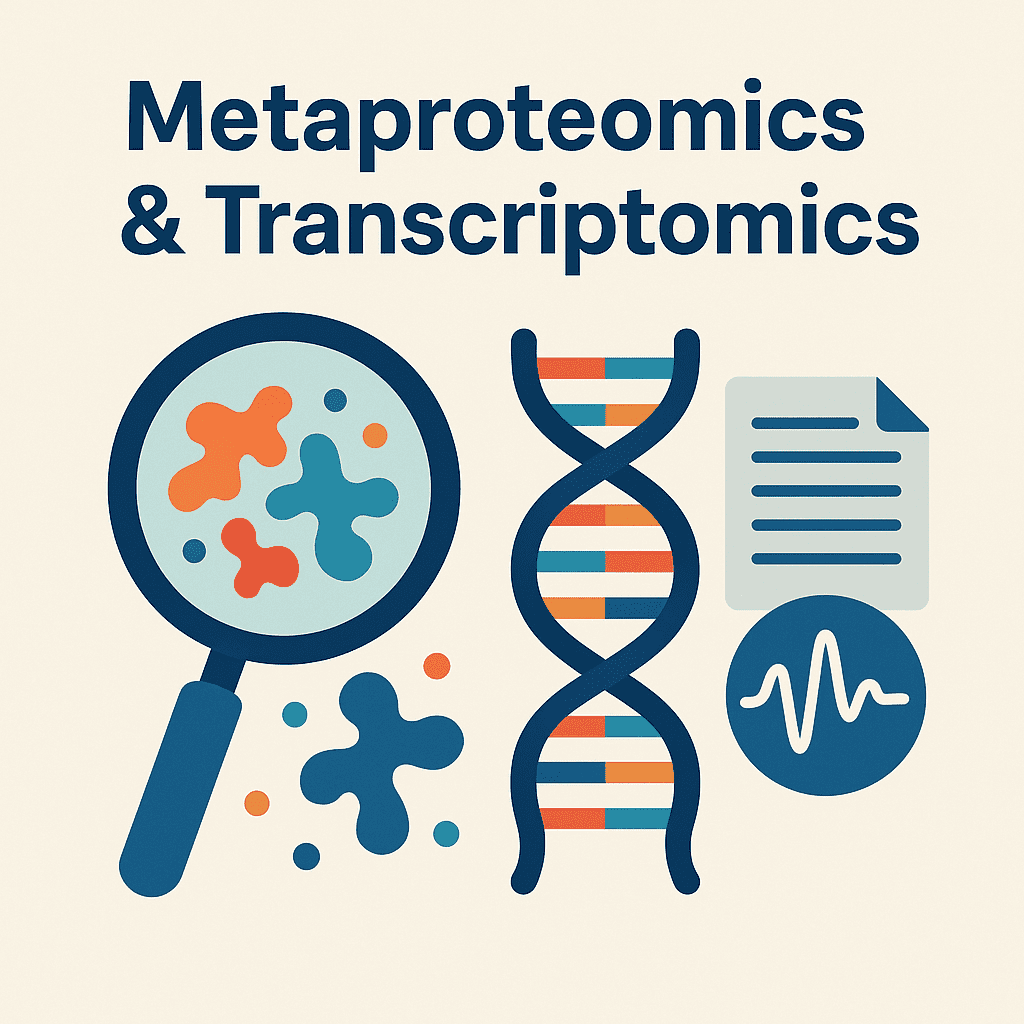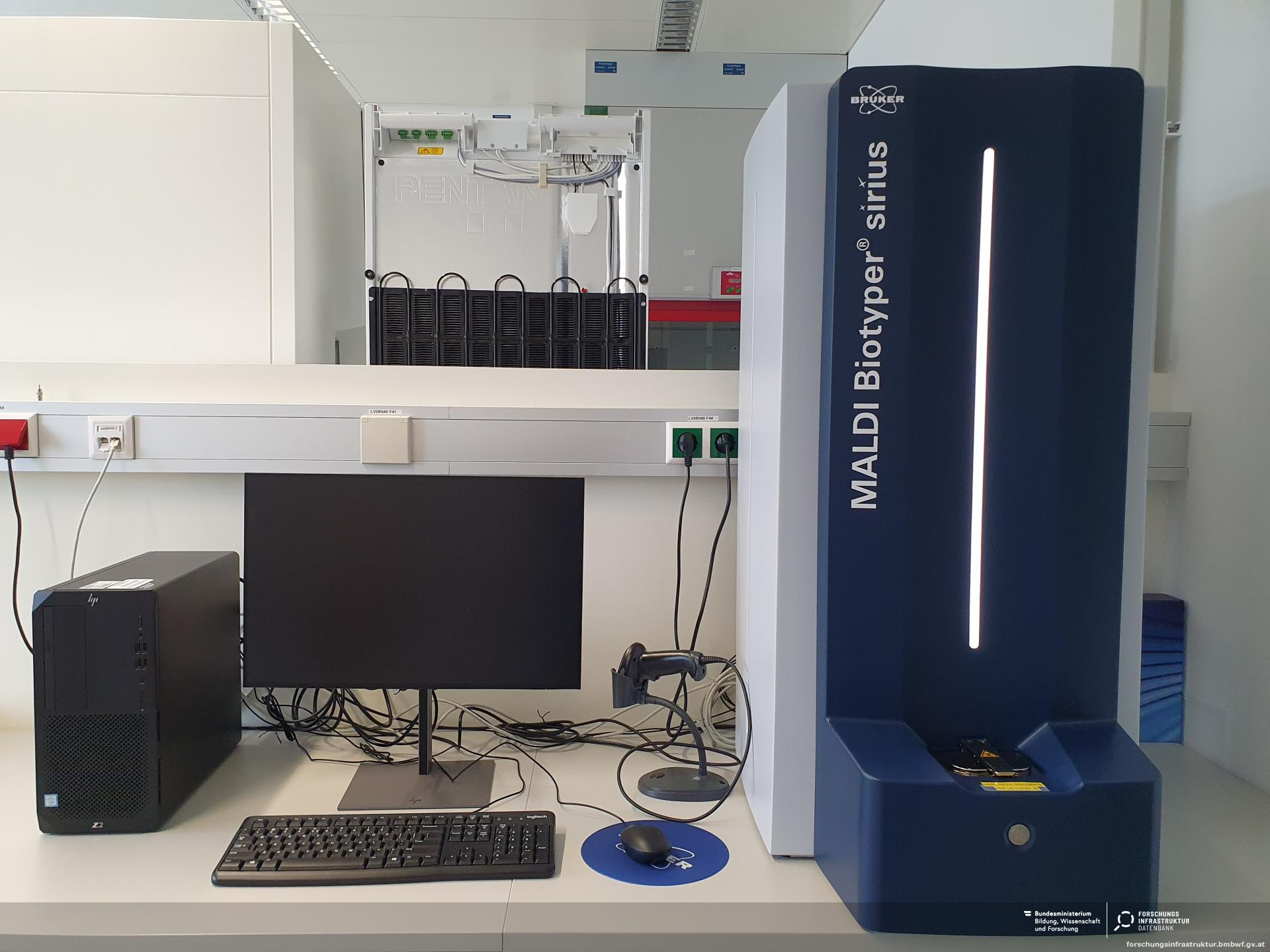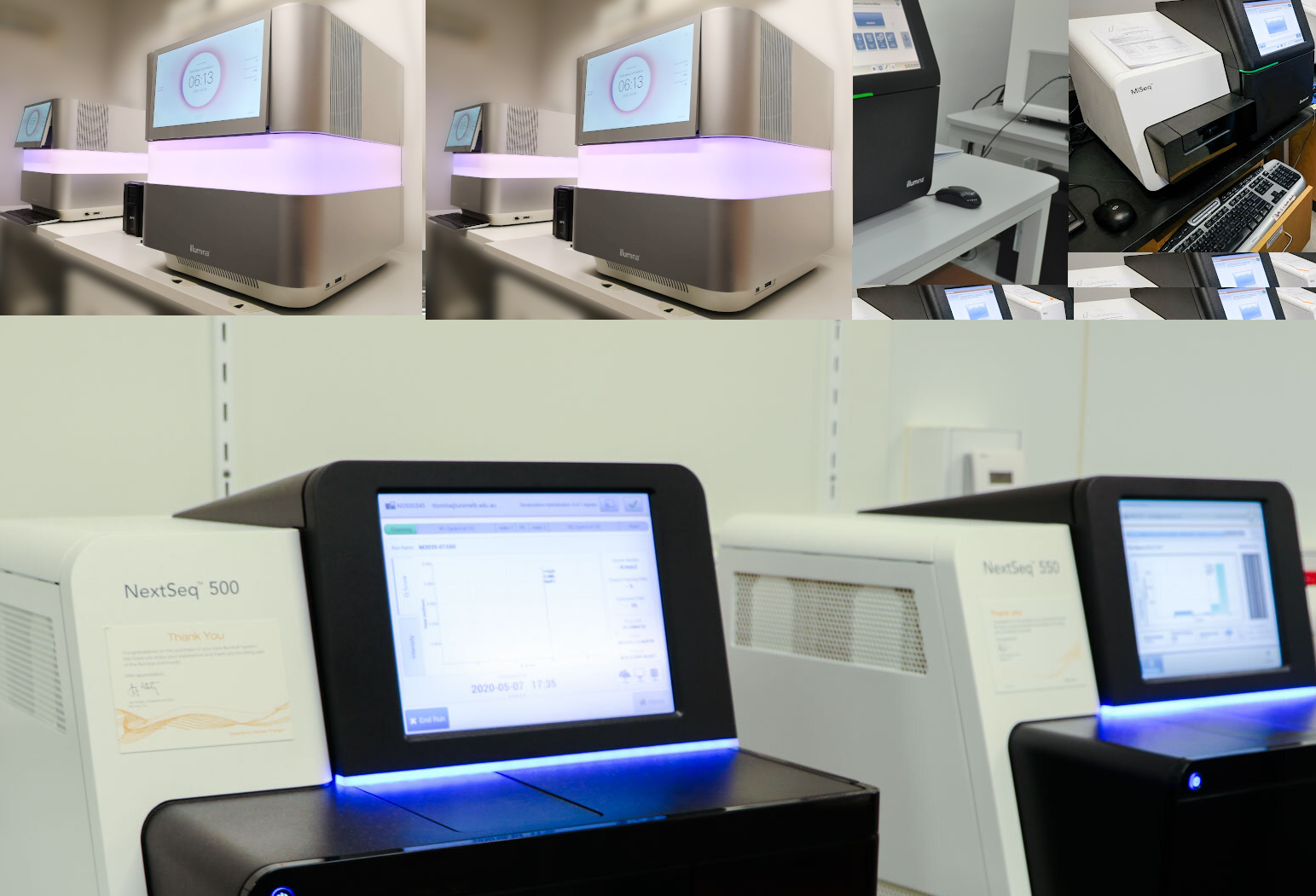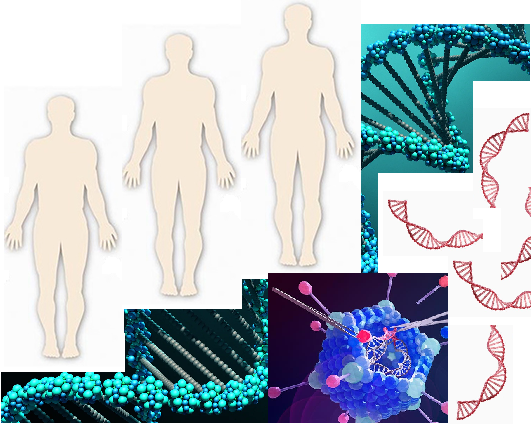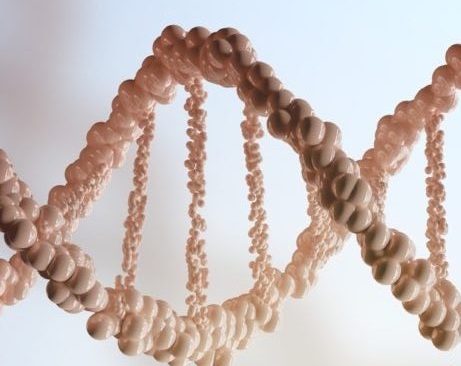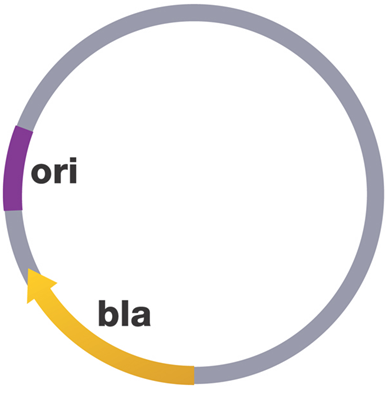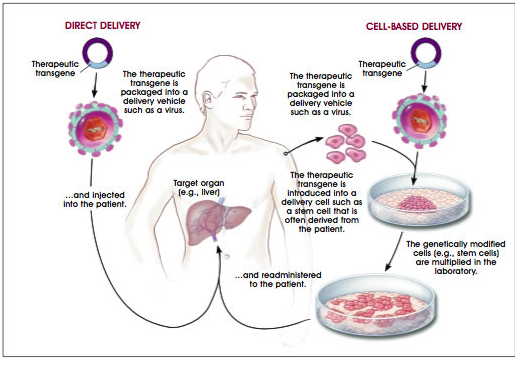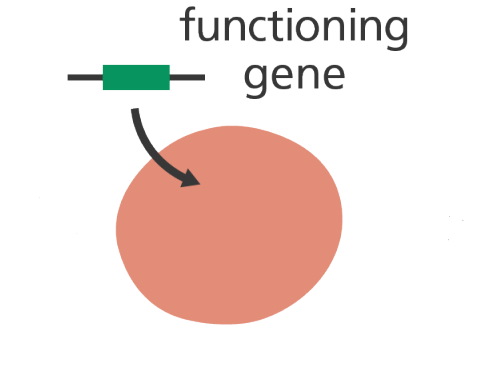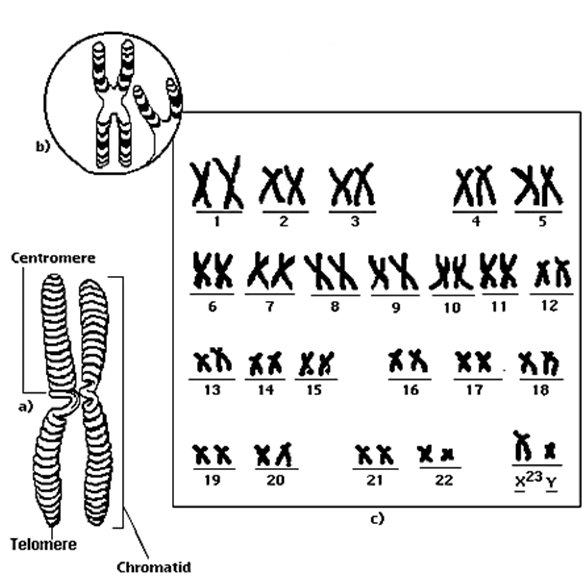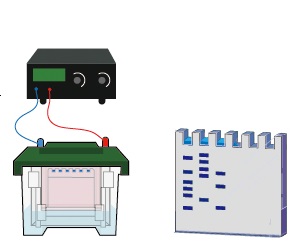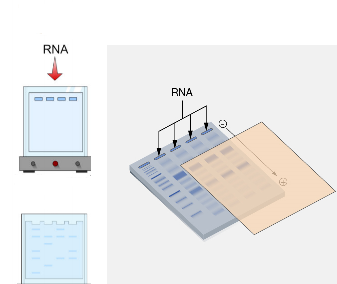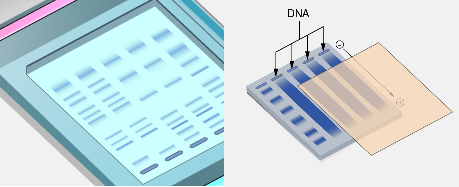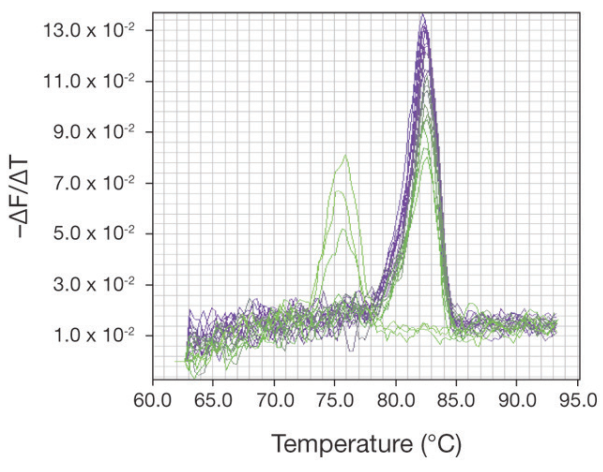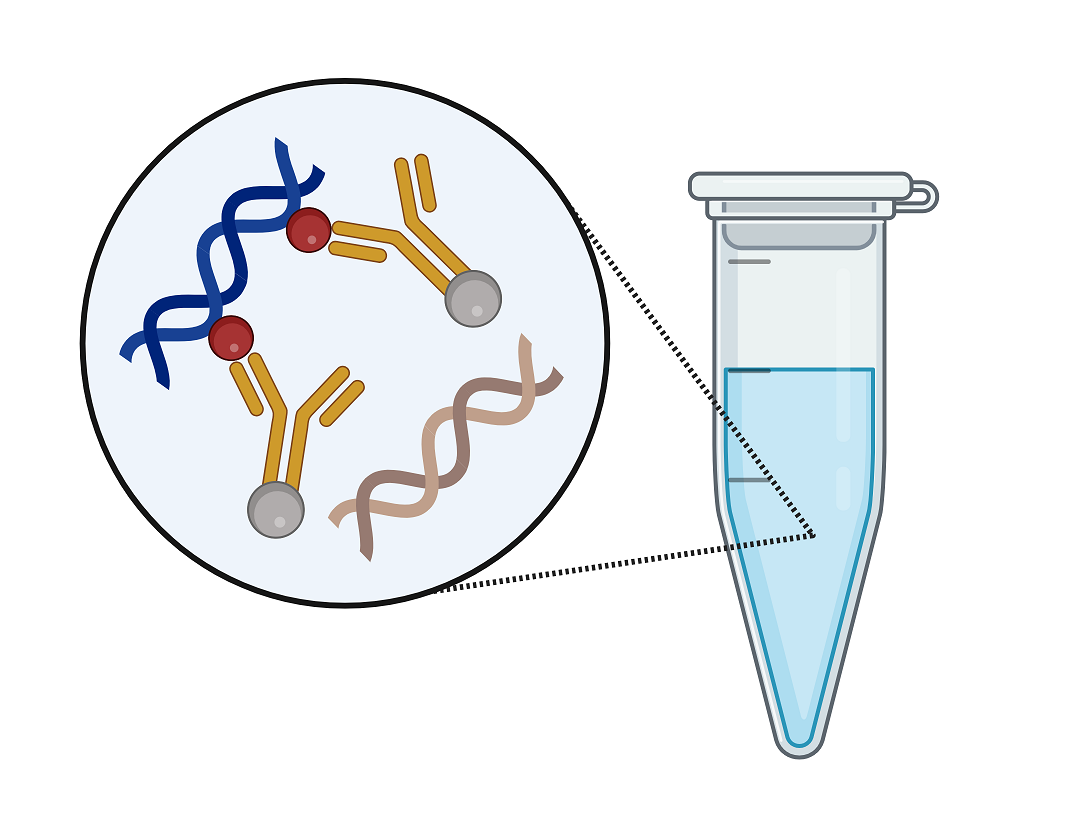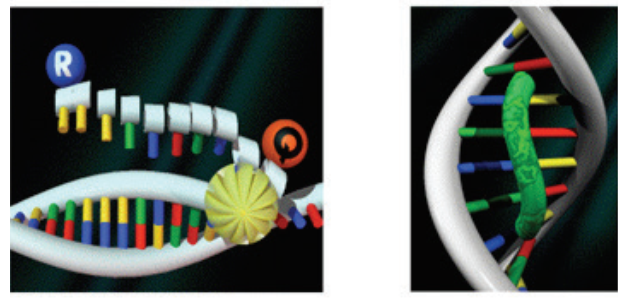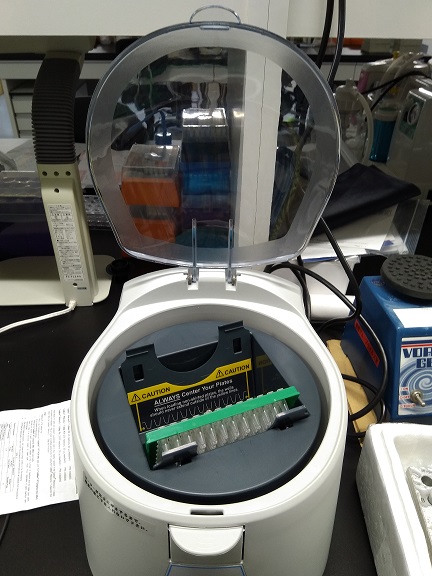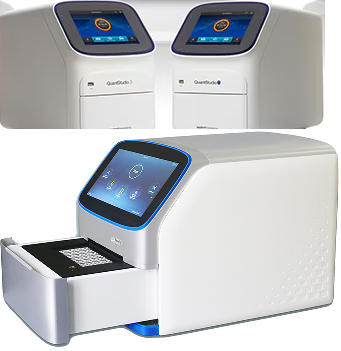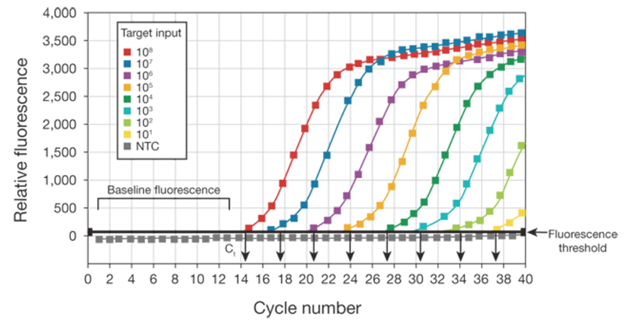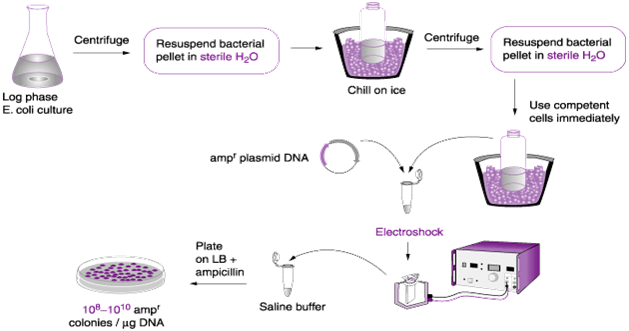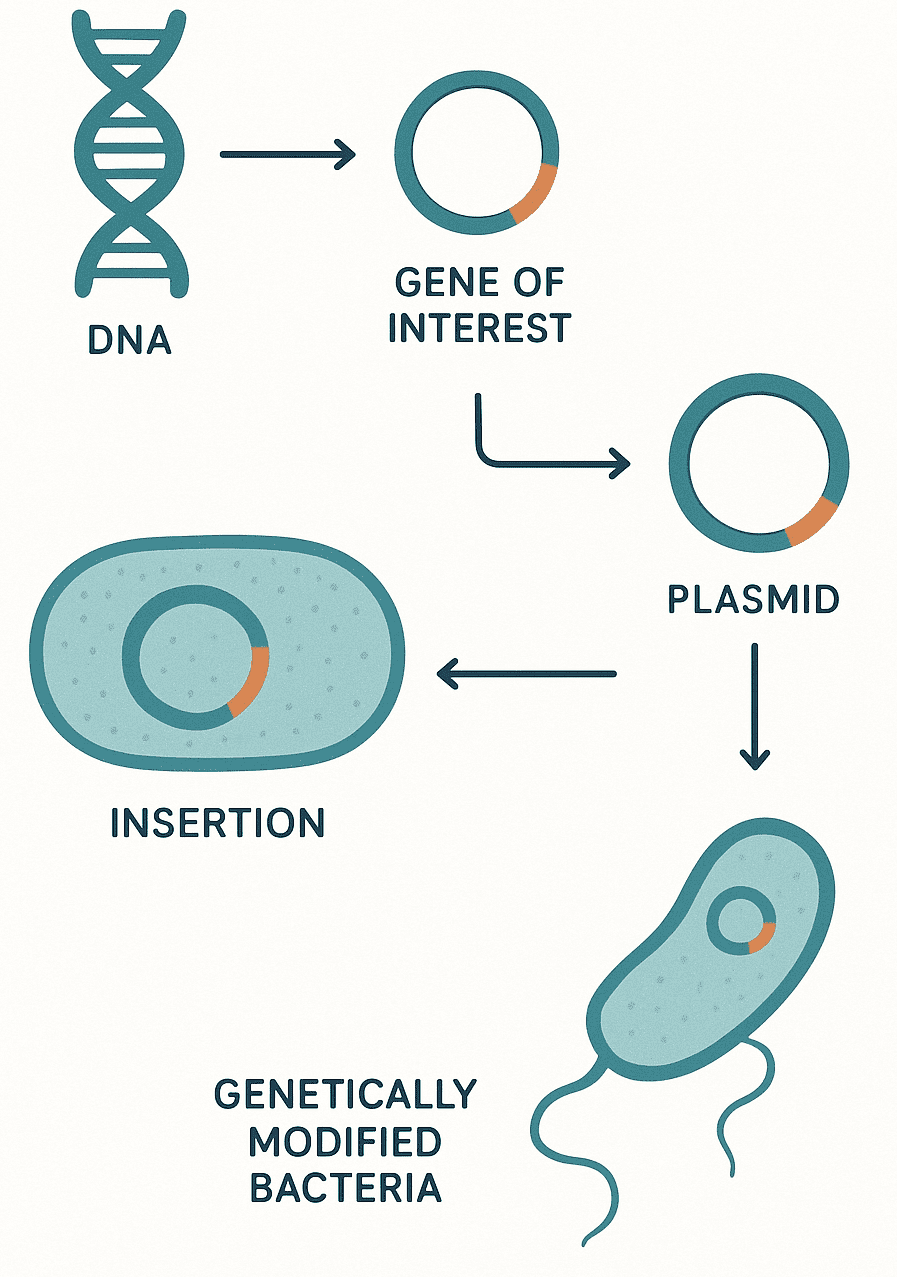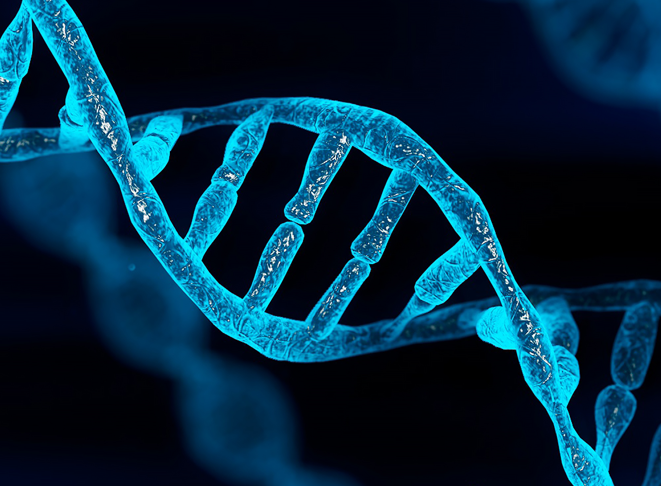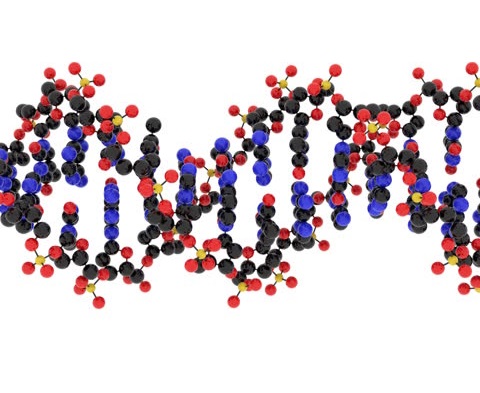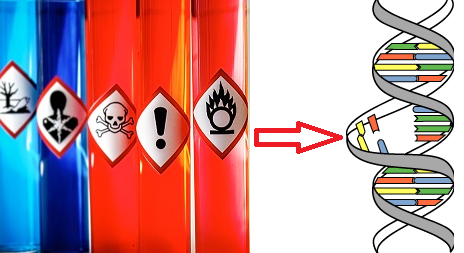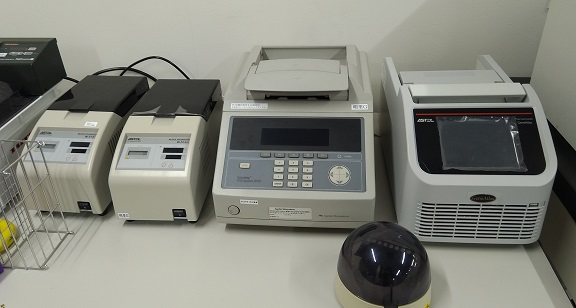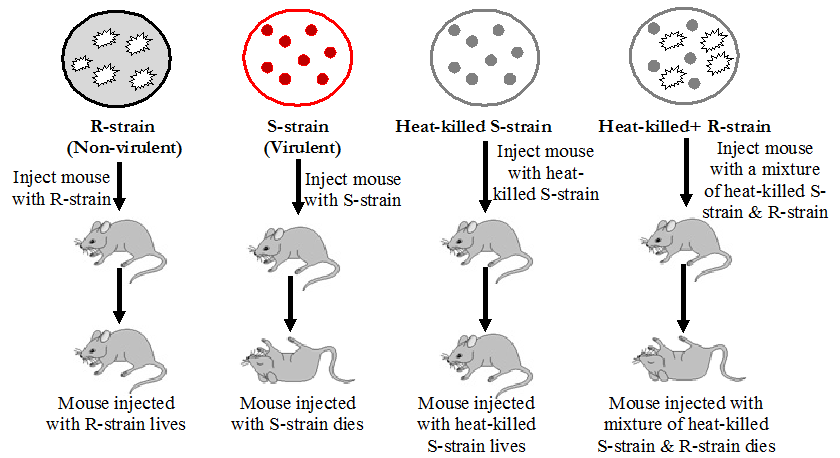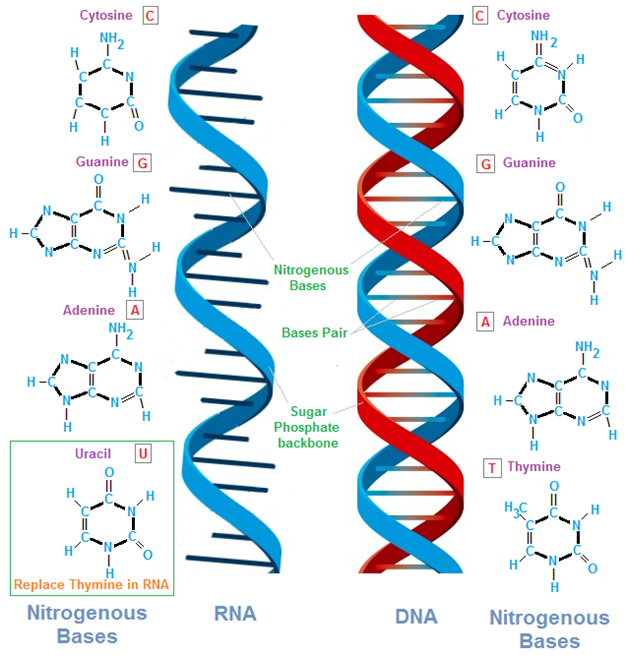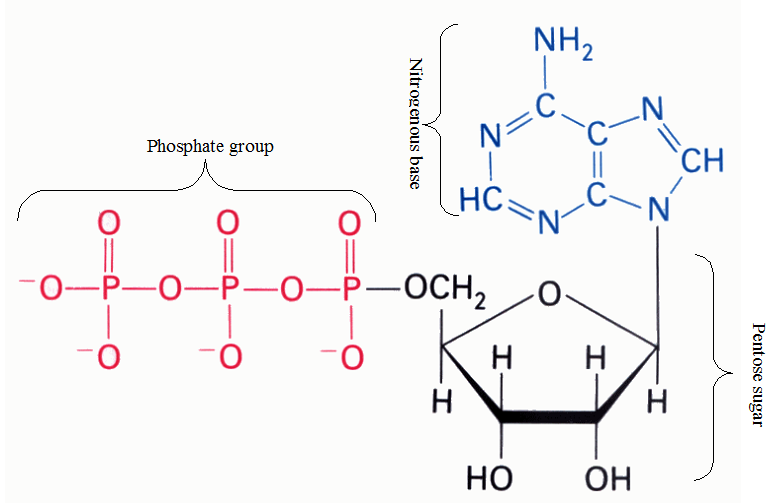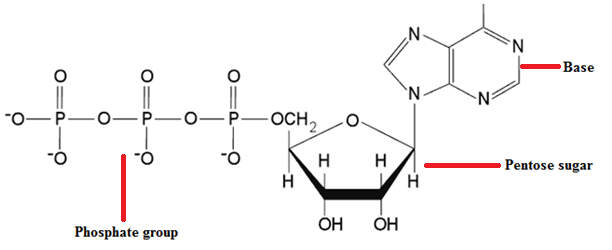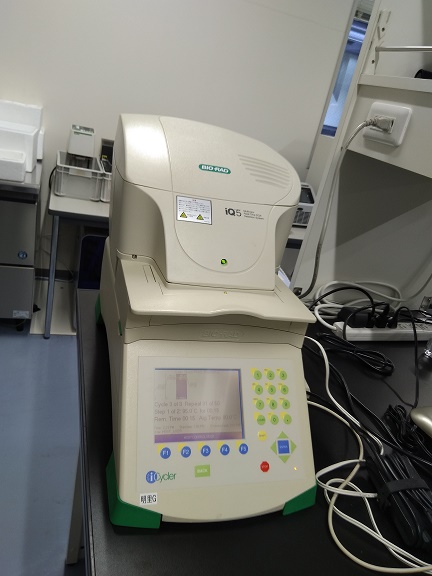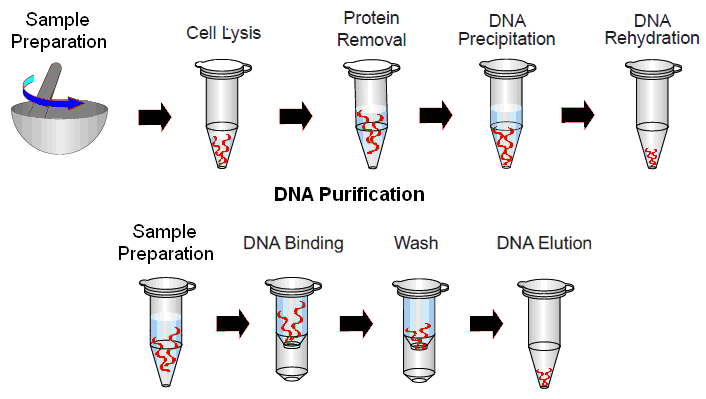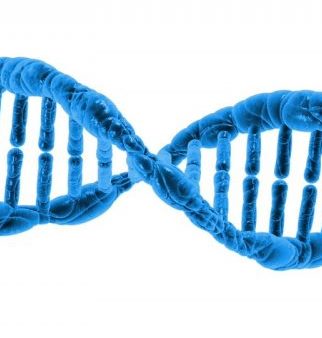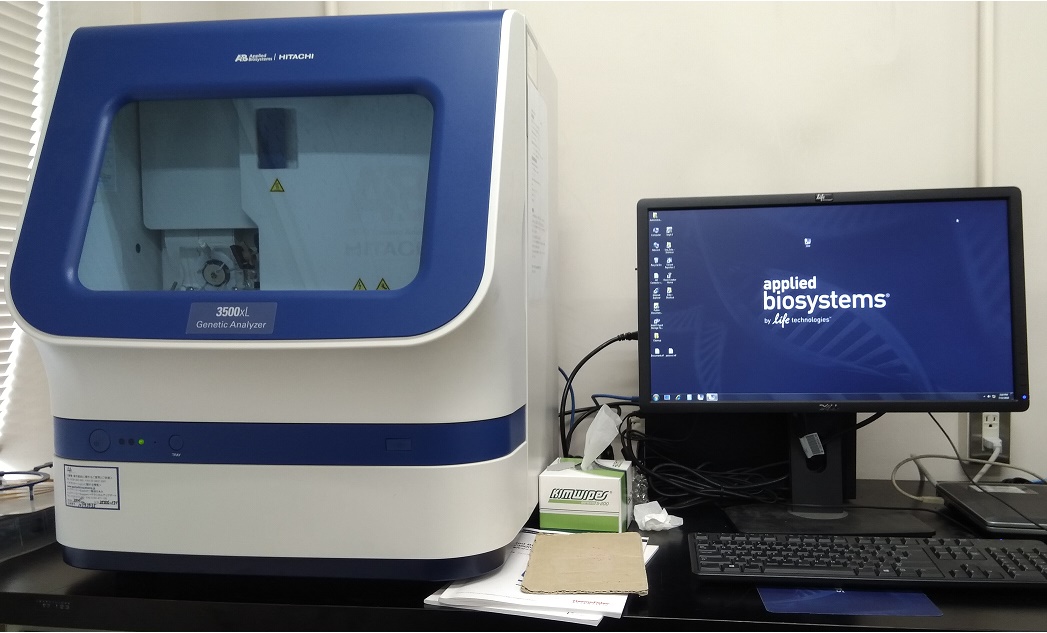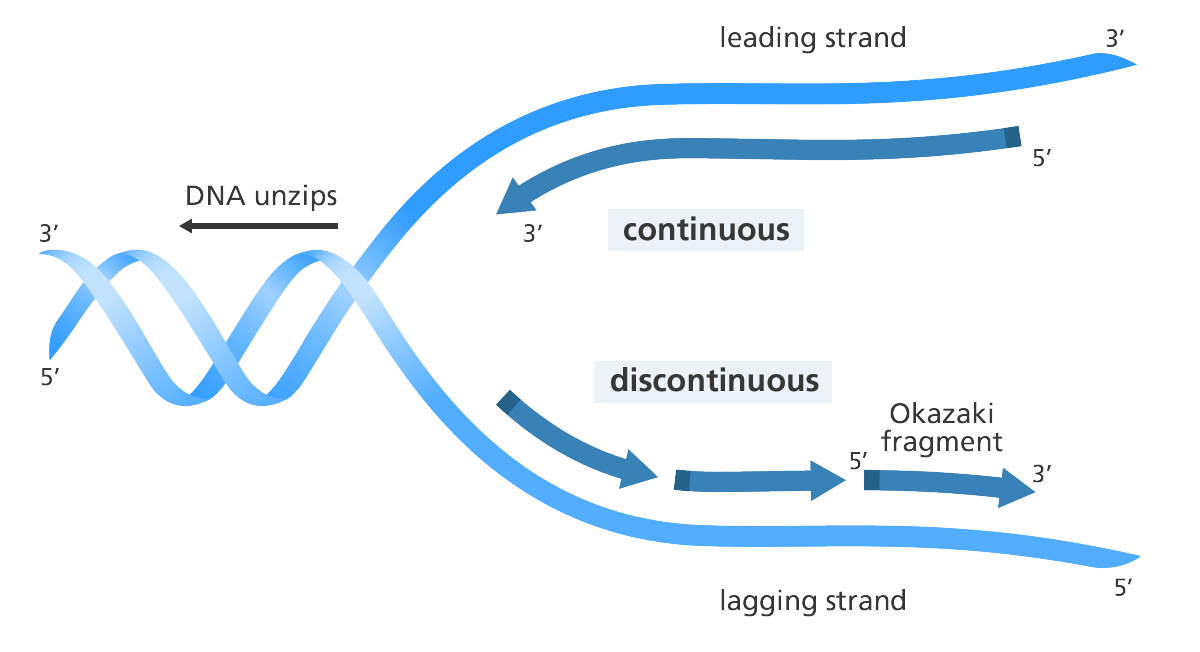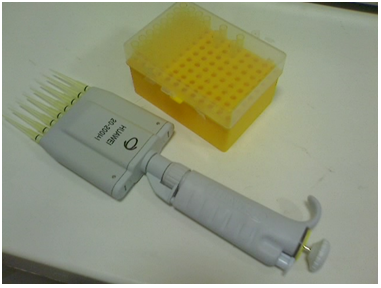What is Metaproteomics? Metaproteomics refers to the large-scale characterization of the complete set of proteins […]
Category: Molecular Microbiology
Matrix-Assisted Laser Desorption/Ionization-Time of Flight Mass Spectrometry (MALDI-TOF MS) workflow
The workflow of Matrix-Assisted Laser Desorption/Ionization-Time of Flight Mass Spectrometry (MALDI-TOF MS) involves several critical […]
How does metagenomic sequencing differ from whole-genome sequencing (WGS)?
Metagenomic Sequencing Metagenomic sequencing and whole-genome sequencing (WGS) are distinct techniques, but they can generate […]
RISKS, PROBLEMS AND ETHICAL ISSUES OF GENE THERAPY
Gene therapy is used to deliver functional genes or therapeutic DNA into target cells and […]
APPLICATIONS OF GENE THERAPY IN TREATING MOLECULAR DISEASES
Molecular diseases (genetic disorders) are non-infectious inheritable diseases which are usually caused by mutations that […]
POTENTIAL USES OF GENE THERAPY
Gene therapy techniques are an emerging field of experimental medicine and therapy for treating or […]
HOW GENE THERAPY WORKS
Genes are made of deoxyribonucleic acid (DNA) molecules – which are the main genetic material […]
EX VIVO DELIVERY FOR GENE THERAPY
Ex vivo delivery can also be called cell-based delivery protocol of gene therapy. It is […]
IN VIVO DELIVERY FOR GENE THERAPY
In vivo delivery for gene therapy can also be called a direct delivery protocol for […]
PLASMIDS
Plasmids are extrachromosomal DNA molecules found in both eukaryotic and prokaryotic microorganisms that have the […]
GENE THERAPY TARGETING AND DELIVERY
The efficient delivery of therapeutic proteins or DNA into specific cells or tissues of an […]
PREREQUISITES OR STEPS FOR GENE THERAPY
Gene therapy is an experimental discipline or research that uses functional gene (i.e. therapeutic DNA) […]
HISTORY OF GENE THERAPY
The history of gene therapy techniques dates back to the early 1970s and 1980s when […]
NITROGENOUS BASES – Purine and Pyrimidines
Genes in the DNA code for proteins; and it is the gene that directs the […]
Genes
Genes are sections of the deoxyribonucleic acid (DNA) that codes for the synthesis of a […]
BLOTTING TECHNIQUE
Blotting is used in molecular biology to transfer nucleic acids and proteins from gel to a membrane for identification and analysis. Developed in the 1970s, it combines electrophoresis and immunological methods. There are three main types: Southern (DNA), Northern (RNA), and Western (proteins), each allowing detection and measurement of specific molecules.
WESTERN BLOTTING TECHNIQUE
Western blotting technique or protein immunoblot is used to identify specific proteins separated according to […]
NORTHERN BLOTTING TECHNIQUE
Northern blotting technique is used to detect specific sequences of ribonucleic acid (RNA). The protocol […]
SOUTHERN BLOTTING TECHNIQUE
Southern blotting, developed by Sir Edward M. Southern in 1975, is a molecular technique used to detect specific DNA sequences. It involves transferring DNA from a gel to a nitrocellulose membrane, followed by hybridization with radiolabeled probes. This method is pivotal in DNA analysis, forensic science, and paternity testing.
Melting curve analysis in Real-time PCR
Melting curve analysis and detection systems Melting curve analysis can only be performed with realtime […]
Real-time PCR probes
TaqMan® probe signal production Whether an MGB or non-MGB probe is chosen, both follow the […]
Real-time PCR fluorescence detection systems
Real-time PCR fluorescence detection systems Real-time fluorescent PCR chemistries Many real-time fluorescent PCR chemistries exist, […]
Real-time PCR analysis technology
BaselineThe baseline of the real-time PCR reaction refers to the signal level during the initial […]
Real-time PCR primer design
Good primer design is one of the most important parameters in real-time PCR. This is […]
REAL-TIME PCR COMPONENTS
DNA polymerasePCR performance is often related to the thermostable DNA polymerase, so enzyme selection is […]
STEPS INVOLVED IN PERFORMING REAL-TIME PCR
Real-time PCR is a variation of the standard PCR technique that is commonly used to […]
INTRODUCTION TO REAL TIME POLYMERASE CHAIN REACTION (RT PCR)
The polymerase chain reaction (PCR) is one of the most powerful technologies in molecular biology. […]
HOW TO DESIGN PRIMERS FOR YOUR PCR EXPERIMENT
Primers are short stretches of DNA that target unique sequences of a DNA molecule and […]
STEPS INVOLVED IN TRANSFORMING BACTERIAL CELLS
There are different types of steps involved in the transformation of a bacterial cell in […]
GENE CLONING
Cloning is a molecular biology technique which is used to make millions of copies of […]
MUTAGENESIS
Mutagenesis is the careful alteration of the genetic information of an organism’s genome in such […]
MUTATION
Mutation is a change in the genetic make-up (or DNA) of an organism.It is an […]
APPLICATIONS OF MUTAGENESIS
Recombinant DNA technology and the use of synthetic DNA molecules make it possible for […]
MUTAGENS
Mutagens are biological, physical or chemical agents that change the genetic materials (inclusive of DNA […]
PCR TECHNIQUE
PCR is the acronym for “polymerase chain reaction”. Polymerase chain reaction is the molecular biology […]
ENZYMES USED IN MOLECULAR BIOLOGY TECHNIQUES
Restriction endonucleases are DNA cutting enzymes specifically found and isolated from bacteria; and which nick […]
Bacterial Transformation (The Transforming Principle)
Fredrick Griffith showed in 1928 that deoxyribonucleic acid (DNA) is the genetic material of the […]
RIBONUCLEIC ACID (RNA)
An understanding of the nucleic acid molecules which include deoxyribonucleic acid (DNA) and ribonucleic acid […]
PROTEIN STRUCTURE – types and function
Proteins are a group of polypeptides that form a molecule of specific biological function; and […]
PURINES & PYRIMIDINES
Purines are heterocyclic aromatic organic compound that consist of a pyrimidine ring fused to an […]
NUCLEOTIDES
Nucleotides are nucleosides with one or more phosphate groups covalently attached to the 3′ or […]
THERMOCYCLER (PCR Machine)
Thermocycler or thermal cycler is a piece of equipment is used for the copying or […]
GENOMIC DNA ISOLATION
The Isolation of Genomic DNA from the bacterium, Escherichia coli is explained in this section […]
WAYS TO SEPARATE DNA FROM OTHER CELLULAR MATERIALS: BINDING AND WASHING
When phenol or a mixture of phenol:chloroform is mixed with a cell Lysate, two phases […]
TYPES OF SOLID SUPPORT FOR BINDING DNA
The types of solid support for binding DNA are as follows: 1. Silica Matrix Silica […]
Assessing RNA Purity, Concentration and Integrity
The integrity, purity and concentration of the RNA so isolated should be confirmed before proceeding […]
TOOLS OF BIOTECHNOLOGY
Biotechnology uses the tools of molecular biology (i.e. genetic engineering) to produce novel products through […]
DNA REPLICATION
DNA replication is simply defined as the genetic process of duplicating the genome of a […]
STEPS OF PERFORMING GEL ELECTROPHORESIS
Gel electrophoresis is one type of electrophoresis technique, and its procedure is highlighted below. The […]
CENTRAL DOGMA (FRAMEWORK) OF MOLECULAR BIOLOGY
The central framework of molecular biology otherwise known as the “central dogma” is the starting […]


